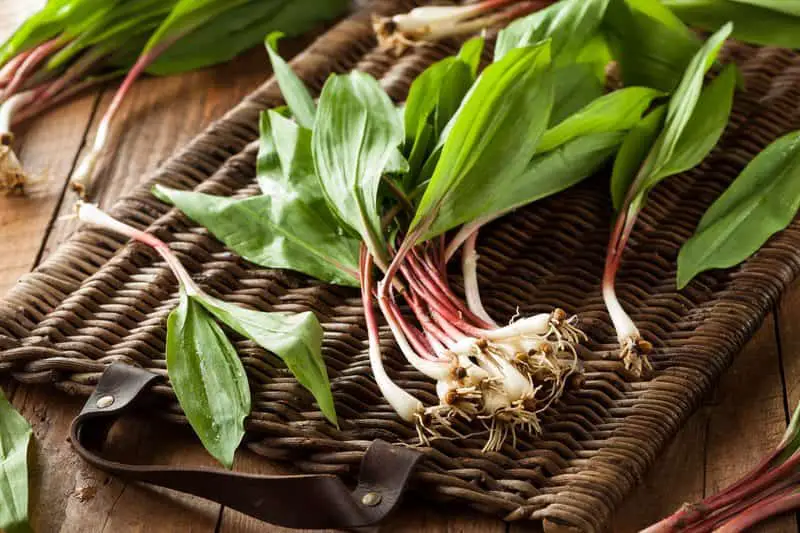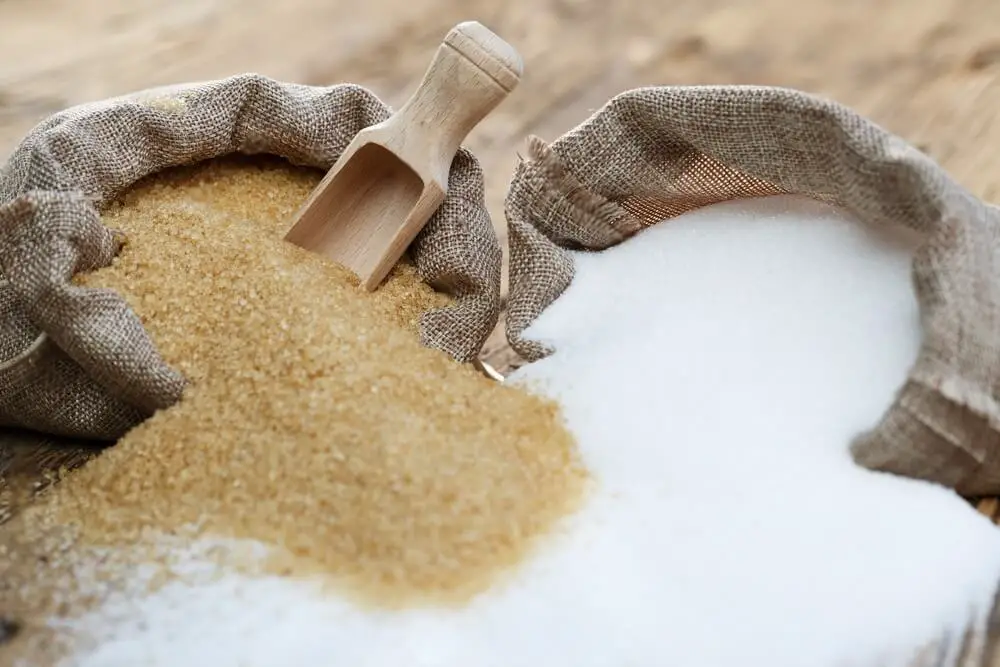Vegetables play an important role in our meals, and a lunch without a salad may feel incomplete. Vegetables that are allowed to grow wild can provide a wide range of flavors. They can also be grown in a garden or purchased from a store.
Ramp is a vegetable that can be used in a variety of dishes. Wild leeks are one of the first signs of spring. Their taste is like a cross between garlic and onion, with a little of a sharp aftertaste.
The green leaves of ramps, which are typically discarded, are edible, soft, and tender, and can be used in place of other leafy greens in a variety of dishes. You can use them to create pesto or sprinkle them over a salad.
The ramp is a versatile vegetable that can be grilled, roasted, or even eaten raw. Use it to flavor sauces and salads. The bulbs and the leaves are both useful. But if you don’t have any ramps around, can you use anything else?
Can I substitute ramps? The answer is yes. With that in mind, we have compiled a list of the best 8 alternatives. Leeks, spring onions, shallots, scallions, garlic, chives, celery, and wild onions are all on the list.
Simply read our selections and choose the ones that seem to work best with your recipe.
The Best Substitutes For Ramps
Below is a list of vegetables that work well in place of ramps while cooking. The following are alternatives that taste and smell extremely similar to ramps. If you want the end result to taste good, you should follow the recipe closely and change the amounts of the ingredients as needed.
1. Leeks

Our first replacement is leeks. Wild leeks, or ramps, are a suitable substitute because of their similar flavor.
They have an onion-like taste with a hint of garlic’s strong taste. The size of leeks is considerable, and as they age, they become stronger. They’re versatile enough to be used in a wide variety of dishes, and you can pick some up at any grocery store.
2. Spring onions
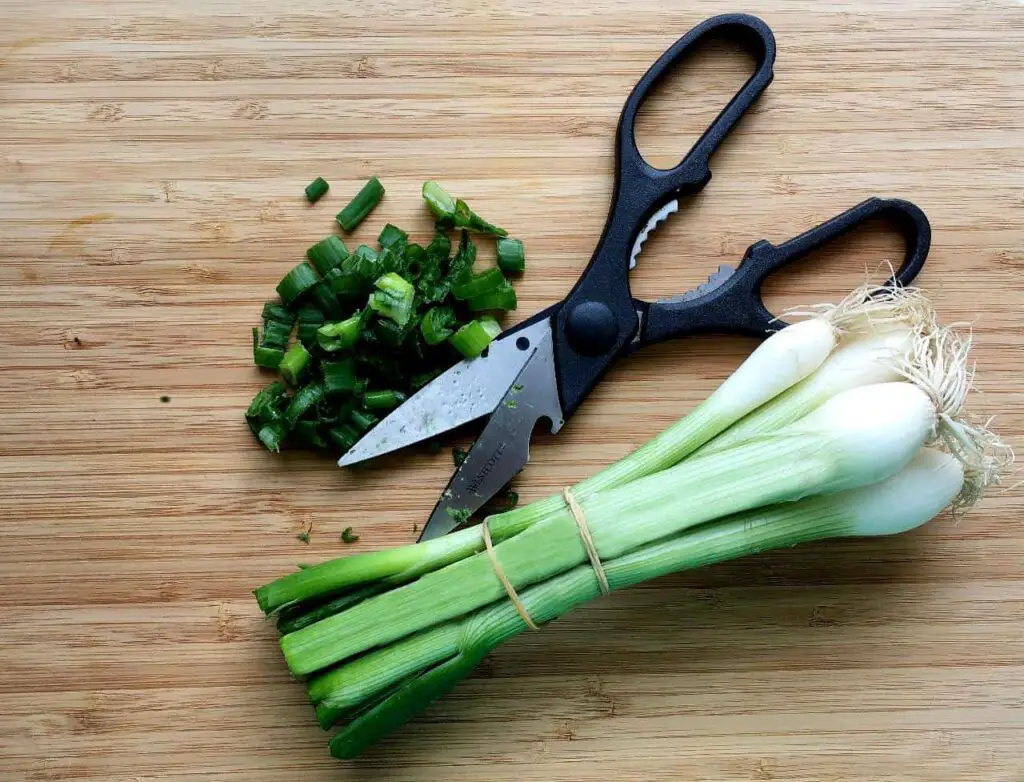
Ramps can be substituted with green spring onions. They are more mature than scallions, and their bulbs are white with green tips. You can always eat them raw and fresh, as they do not have a strong onion flavor.
Spring onions are a versatile ingredient that can be used in place of regular onions in many dishes. Caramelizing them is another option, and they can be added to any dish that calls for ramps.
3. Shallots
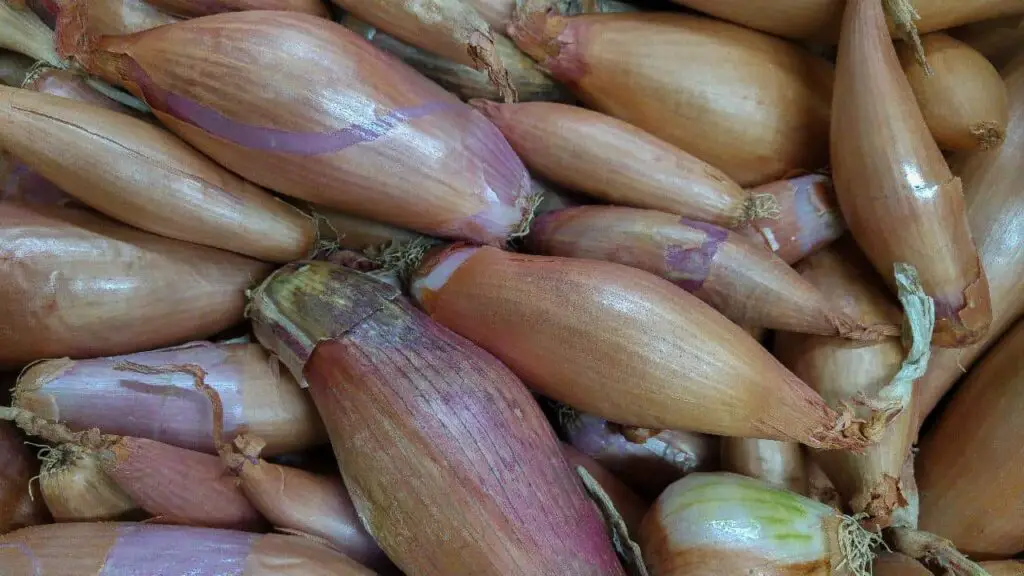
Shallots are a mild onion substitute that works in most recipes. They’re sweet, but there’s a tang to them that really brings out the other flavors. You may use them in a wide variety of raw and cooked dishes. You can add it to just about anything, from main dishes to salads.
You can chop them up and use them in a range of dishes, including casseroles, soups, and sauces. Make the necessary adjustments according to the recipe.
4. Scallions
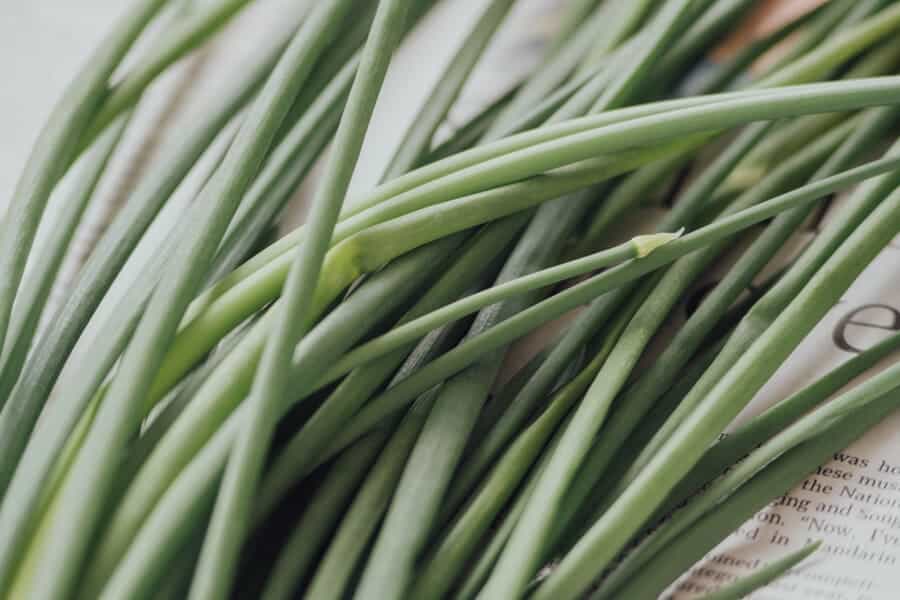
Green onions are another name for scallions. At their peak of freshness, they are picked while still in their green state. Scallions, which are sweet and smell good, are a great addition to salads for both their taste and their appearance.
Although visually similar to ramps, these are far more delicate and small in size. The use of scallions elevates the dish’s overall taste. Use it in omelettes or any dish that calls for ramps.
5. Garlic Cloves
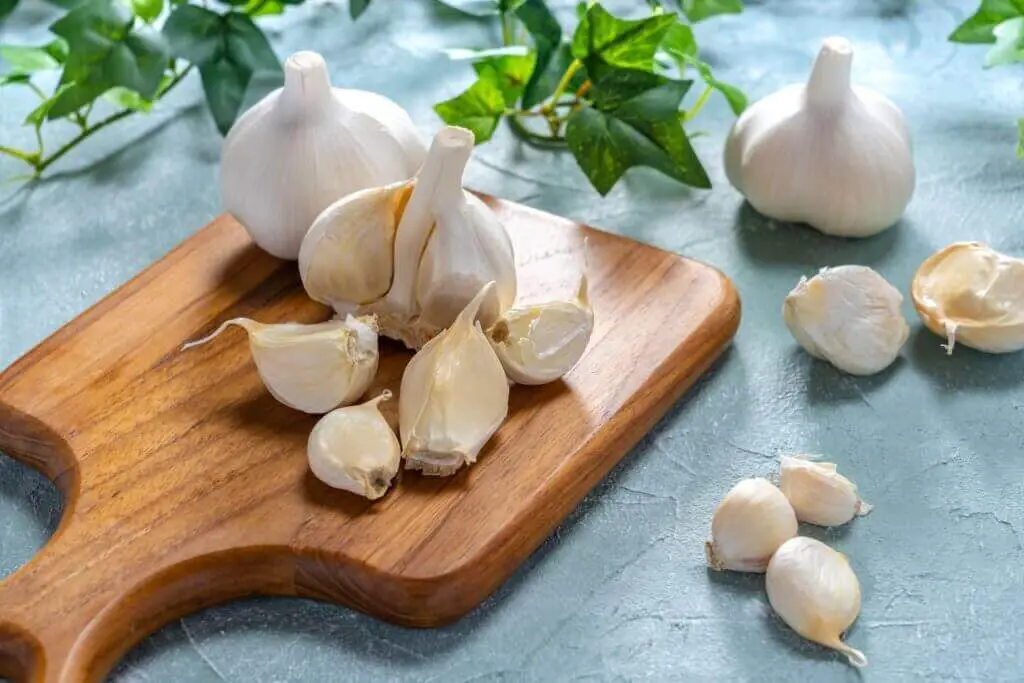
Any dish calling for ramps can be made with garlic instead. It has a distinct, pungent flavor that is immediately noticeable, even when eaten raw. Comparable to ramps in flavor. They do, however, stand apart in certain major ways.
It’s versatile enough to use in a wide variety of dishes. The flavor of cooked garlic is creamy, nutty, and mild; it complements other flavors and adds a pleasant aroma.
Since it is beneficial to health, garlic is a staple in many homes’ cooking. It complements a healthy diet quite nicely. You can add it to dressings, sauces, and many other things.
6. Chives
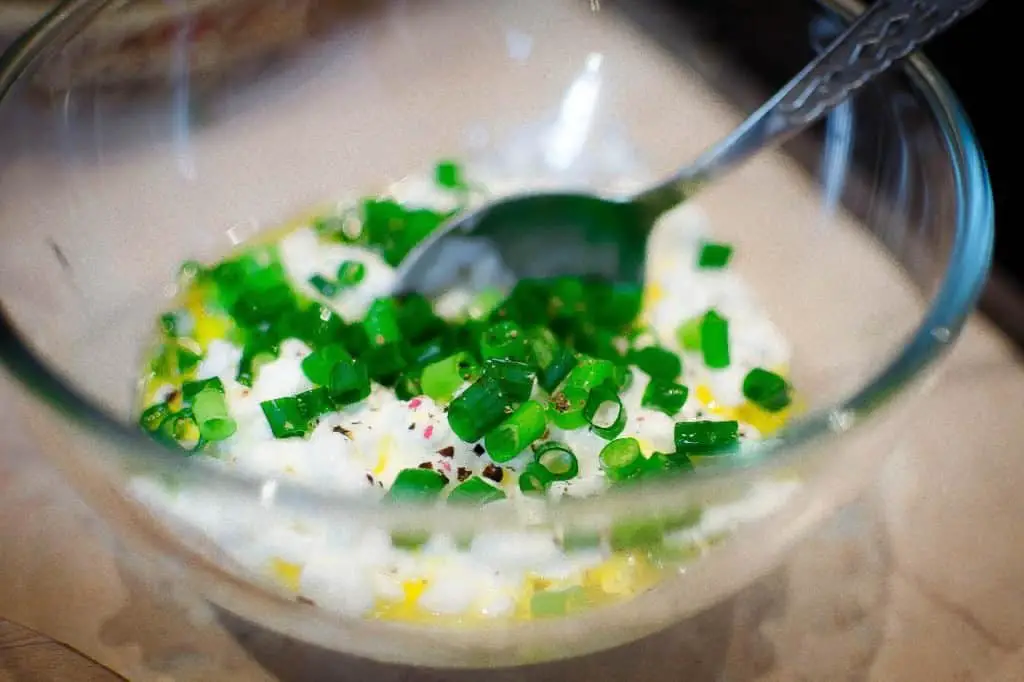
Chives are another convenient substitute. In many cases, you can substitute it for ramps. Mild in taste and linked to onions and garlic, chives are a valuable herb.
Chives are a versatile ingredient that can be added to a wide range of dishes. They make a lovely addition to any meal. Since the chives’ flowers are also edible, you can use them as a garnish on salads or cheese dishes.
7. Celery
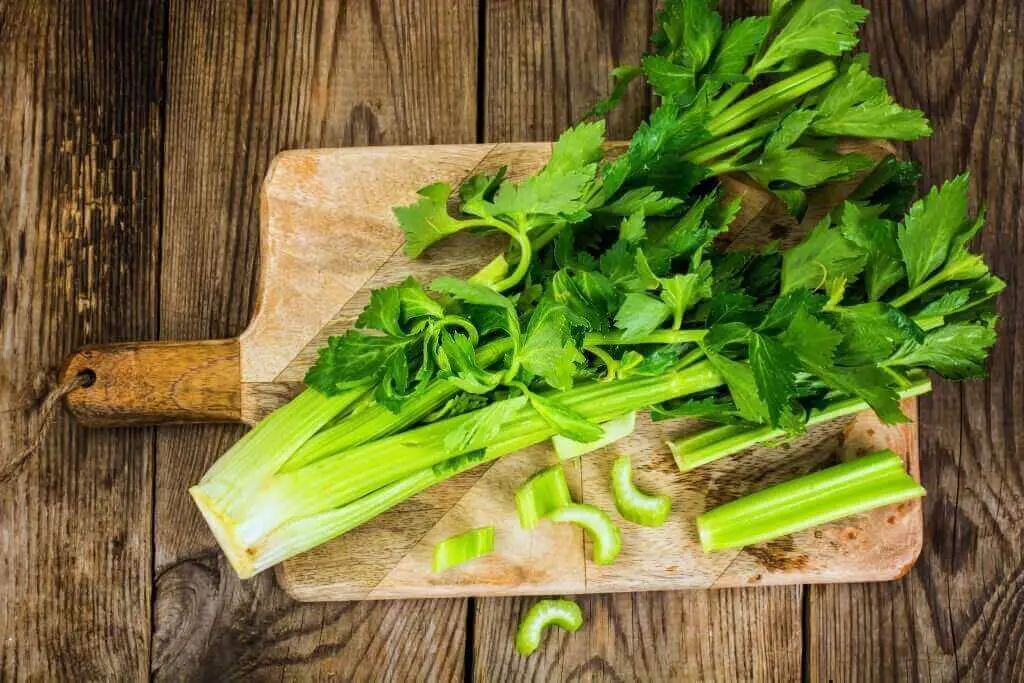
If you can’t get ramps, celery is another wonderful substitute. In addition to its many leaves, celery also has a long, fibrous stalk. The flavor is somewhere between subtle and robust, calling to mind the flavor of green onions.
Be considerate of your guests’ tastes before making the switch, as some may not appreciate it. You can eat it raw or include it in salads, soups, smoothies, or any other dish that calls for ramps.
8. Wild onion
Wild onions can be used as a replacement for ramps in the same manner as wild leeks can. They smell and taste unlike anything else. The tastes are stronger, and it’s just like its grown counterparts.
They are versatile and can be eaten raw in salads or used as a garnish. Wild onions don’t need to be cooked before being used; they can be added raw to soups by simply being chopped and added.
FAQ’s
Can I substitute ramps with regular onions?
While regular onions can provide a similar texture and a hint of onion flavor, they lack the distinct garlicky taste of ramps. If you’re in a pinch, you can use regular onions as a substitute, but the flavor profile will be different.
Are there any non-allium substitutes for ramps?
Yes, there are non-allium substitutes for ramps. Some options include fiddlehead ferns, dandelion greens, nettles, watercress, and lovage. These alternatives offer unique flavors and textures that can elevate your dishes in the absence of ramps.
Can I use garlic instead of ramps?
While garlic shares a similar garlicky flavor with ramps, the texture and overall taste are different. Garlic can be used as a substitute if you’re looking for a garlicky kick, but it won’t provide the same complexity and subtle onion notes that ramps offer.
Where can I find ramp substitutes?
Depending on the substitute you’re looking for, you can find them at farmers’ markets, specialty grocery stores, or even grow them in your own garden. Some substitutes, such as green onions and garlic, are readily available in most grocery stores.
Can I use frozen ramps as a substitute?
Yes, if you can find frozen ramps, they can be a viable substitute. Frozen ramps retain much of their flavor and texture, making them a suitable alternative when fresh ramps are out of season.
How do I use ramp substitutes in recipes?
Ramp substitutes can be used in a variety of ways, depending on the recipe. They can be used raw as a garnish, sautéed as a flavor base, or incorporated into soups, stews, sauces, and various other dishes. Experiment with different substitutes to find the best match for your desired flavor profile.
Are ramp substitutes as flavorful as ramps?
While ramp substitutes can provide unique flavors and aromas, it’s important to note that they won’t offer an exact replica of the taste and complexity of ramps. However, they can still add depth and character to your dishes, allowing you to explore new culinary avenues.
Can I use dried ramps as a substitute?
Dried ramps can be used as a substitute, but it’s important to note that the flavor and texture may differ from fresh ramps. Dried ramps have a more concentrated flavor, so you would need to adjust the quantity accordingly in recipes. Rehydrate dried ramps before using them in dishes to restore some of their texture.
Are there any regional substitutes for ramps?
Yes, depending on your location, there may be regional substitutes for ramps that offer similar flavors and profiles. For example, in certain parts of Europe, wild garlic or bear’s garlic can be a suitable substitute for ramps. It’s worth exploring local wild greens or herbs that have a pungent, onion-like flavor to find the best regional substitute.
Can I grow ramp substitutes in my garden?
Yes, many ramp substitutes can be grown in a garden or container. Green onions, chives, garlic, and even certain herbs like lovage and cilantro can be easily cultivated. Check the growing requirements for each substitute and provide the necessary conditions for successful growth.
Can I combine multiple ramp substitutes in a recipe?
Absolutely! Combining multiple ramp substitutes can enhance the flavor complexity of a dish. Experiment with different combinations to find the balance that best suits your taste preferences. It can be a fun and creative way to explore new flavors in your cooking.
Are ramp substitutes suitable for people with dietary restrictions or allergies?
Ramp substitutes, being vegetables and herbs, are generally suitable for most dietary restrictions or allergies. However, it’s essential to consider individual allergies or sensitivities. For example, some people may be allergic to alliums, in which case they would need to avoid substitutes like green onions or garlic.
Can I use ramp substitutes in traditional ramp recipes?
Yes, ramp substitutes can be used in traditional ramp recipes with some modifications. While the exact flavor profile may differ, you can still incorporate substitutes like green onions, garlic scapes, or leeks into dishes that traditionally call for ramps. Adjust the quantities and cooking methods as needed to achieve the desired taste and texture.
Are there any nutritional differences between ramps and their substitutes?
While there may be slight variations in nutritional content between ramps and their substitutes, most substitutes offer their own unique nutritional benefits. For example, green onions are a good source of vitamin C, while garlic has antimicrobial properties. Consider the specific nutritional benefits of each substitute when incorporating them into your diet.
Can I preserve ramp substitutes for future use?
Yes, some ramp substitutes can be preserved for future use. For example, you can freeze chopped green onions or garlic for convenience. Drying herbs like lovage or cilantro can also help preserve them. However, keep in mind that the texture and flavor of preserved substitutes may be altered to some extent.
Conclusion
While ramps undoubtedly hold a special place in the hearts of food enthusiasts, their limited availability can pose challenges for those seeking to incorporate them into their culinary endeavors year-round. Fear not, for the world of gastronomy offers an array of outstanding substitutes, ranging from green onions and leeks to wild garlic and fiddlehead ferns. These remarkable alternatives ensure that the absence of ramps does not hinder the creation of delectable and innovative dishes. So, embrace the abundance of nature’s bounty and embark on a culinary adventure where the possibilities are limitless, regardless of the season.
